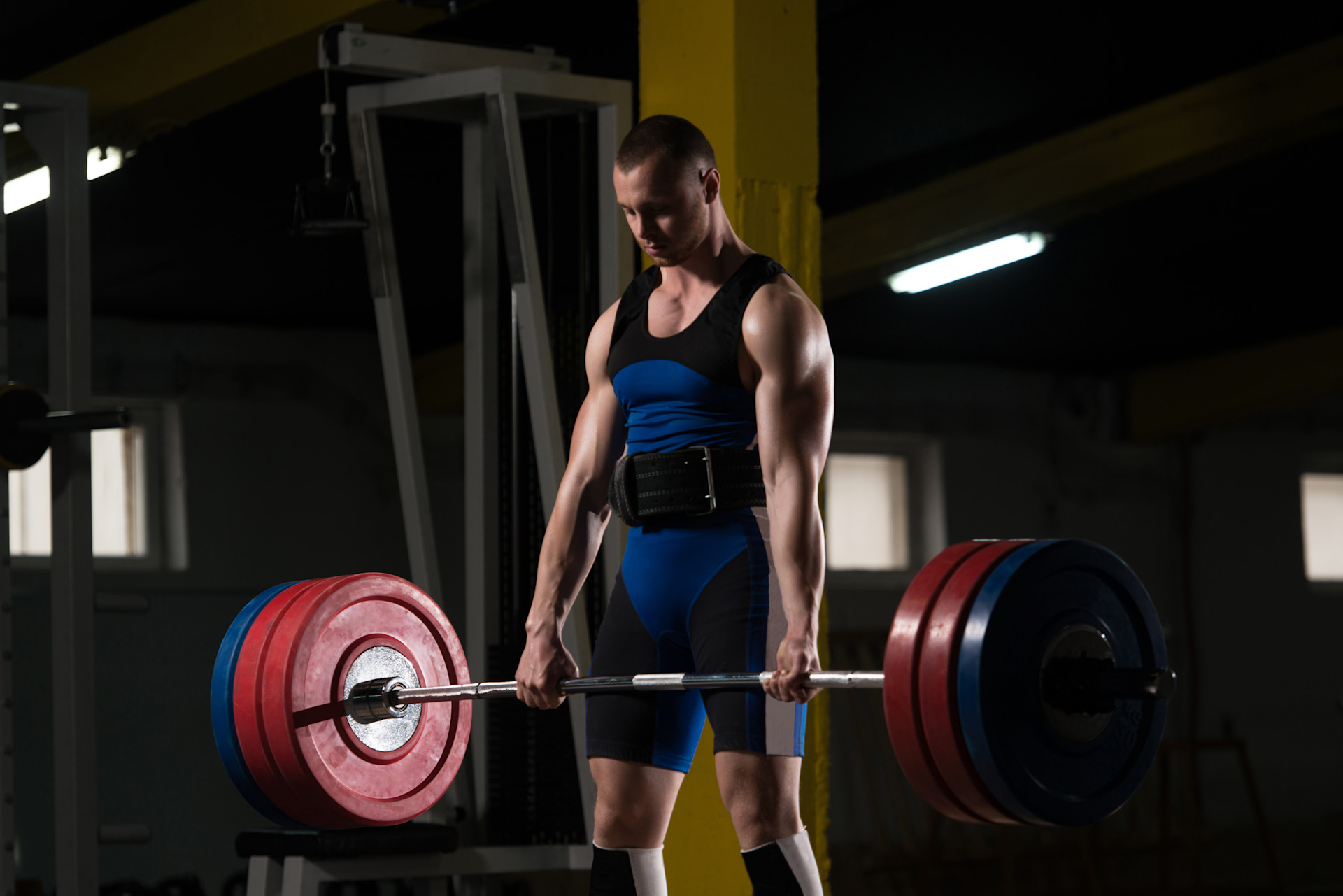How to Wear a Weight Belt: Tips for Choosing a Weight Belt
Written by MasterClass
Last updated: Feb 17, 2022 • 2 min read
Whether you need a little extra support during heavy lifts or want to improve your form, a weightlifting belt is a useful tool for beginner and advanced weightlifters. Learn how to wear a weight belt to enhance your strength-training program.
Learn From the Best
What Is a Weightlifting Belt?
A weightlifting belt, also known as a weight belt, is a weightlifting accessory designed to offer lifters lower-back support during heavy lifts. Weightlifting belts are typically made of leather or nylon and secure via a single-prong or double-prong buckle or velcro. They assist in the performance of Olympic lifts and allow powerlifters and bodybuilders to load heavier weights on the barbell during strength-training exercises such as squats, deadlifts, and overhead lifts like the overhead press and bench press.
3 Benefits of Wearing a Weightlifting Belt
There are several potential benefits to wearing a weightlifting belt.
- 1. Teaches proper form: A weightlifting belt is great for learning how to brace your back muscles properly while weightlifting. It is not meant to be a crutch but a training tool to offer assistance and help you perfect your form while practicing compound lifts.
- 2. Increases intra-abdominal pressure: When the abdominal wall expands, the core muscles brace against the belt. Not only does this offer more stability to your midsection and spine, but it can also help build core strength over time.
- 3. Reduces lower-back pain: Many lifters experience lower-back pain after lifting a heavy load. A weight belt helps lifters maintain a neutral spine effectively, reducing the risk of injury or pain.
How to Wear a Weightlifting Belt
Place the belt around your midsection. Take a deep breath, tighten the belt, and secure it. You'll know the belt is tight enough when no more than an index finger can be slipped between the belt and your lower back. If it is too loose, take another big breath and tighten again.
How to Choose the Right Weightlifting Belt
Choosing the right weightlifting belt mostly boils down to personal preference. A nylon belt that secures with velcro is a convenient belt for beginners; however, it can easily come undone when lifting heavy loads. When lifting heavy weights, your core muscles contract and can easily release the velcro. On the other hand, a leather belt with a single-prong buckle is easy to adjust and offers maximum security. A leather belt with a double-prong buckle requires a little more effort to apply but is ideal for Olympic weightlifting and lifters practicing their one-rep max.
How to Work Out Safely and Avoid Injury
If you have a previous or pre-existing health condition, consult your physician before beginning an exercise program. Proper exercise technique is essential to ensure the safety and effectiveness of an exercise program, but you may need to modify each exercise to attain optimal results based on your individual needs. Always select a weight that allows you to have full control of your body throughout the movement. When performing any exercise, pay close attention to your body, and stop immediately if you note pain or discomfort.
To see continual progress and build body strength, incorporate proper warm-ups, rest, and nutrition into your exercise program. Your results will ultimately be based on your ability to adequately recover from your workouts. Rest for 24 to 48 hours before training the same muscle groups to allow sufficient recovery.
Want to Dive Deeper Into Your Wellness Journey?
Throw on some athleisure, fire up a MasterClass Annual Membership, and get ready to sweat it out with exclusive instructional videos from Nike Master Trainer and GQ fitness specialist Joe Holder. Want to improve your cardiovascular endurance? Give Joe’s HIIT workout a go. Trying to get a little swole? He’s got a strength training workout for that. From fitness tips to nutrition hacks, Joe will have you feeling healthier in no time.
